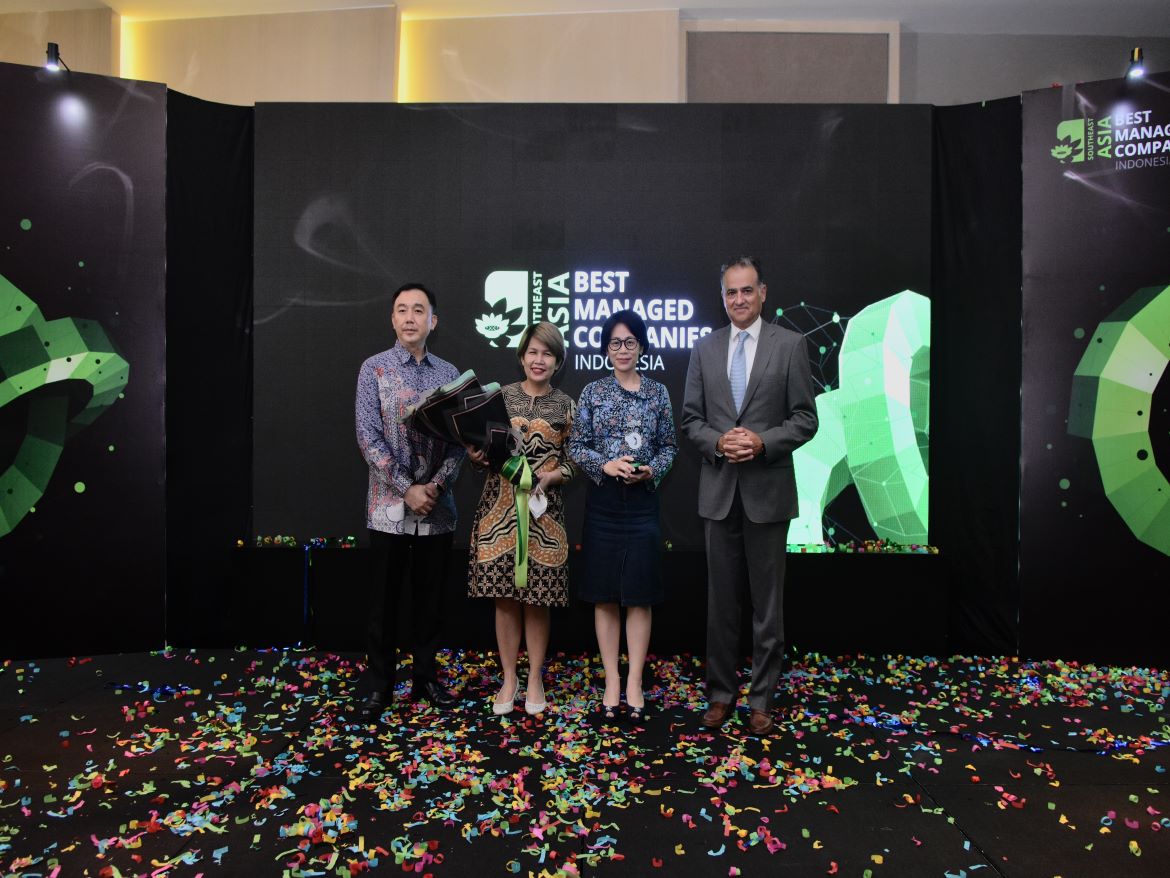Benefits of Vendor-Managed Label Inventory

Over the last several years, an increasing number of paint manufacturers have been shifting the burden of label inventory management to their vendors. No one has a more complete understanding of the intricacies and economics of the label business than a qualified supplier. This expertise can be used by savvy buyers to streamline and increase the cost effectiveness of their label programs. To be most effective, vendor managed inventory (VMI) programs depend on strong partnerships with active communication, information sharing, joint problem solving and commitments to continual development.
Successful VMI programs are classic examples of “win-win” situations, bringing significant benefits to both the customer and the supplier. The most obvious of these for the customer is the reduced investment they must make in label inventory management time and effort.
With the burden for ensuring label availability placed on suppliers, most releases will be filled from on-hand inventories. Consequently, lead times will be much shorter and rush orders can be given top priority. For multiple-plant operations, the need to stock supplies of the same labels in several locations is eliminated by the creation of one central supply servicing all manufacturing locations. This frees up space for other manufacturing purposes. The labels can now be stored in a paper-friendly, humidity-controlled environment, increasing application speed and reducing spoilage. Many VMI programs included deferred billing until labels are released for plant usage. In these cases, improved cash flow is another important benefit to customers.
A major advantage for the label supplier is the efficiency that results from greatly increased production scheduling flexibility that is created for them. This enables suppliers to more effectively use their equipment and plan for the peaks and valleys of label usage. VMI also sets the stage for increased opportunities for them to partner with their customers. The symbiotic relationships that develop and the high level of communication that is needed to make a VMI program work form a solid foundation for long-term business strategies that enhance their business performance.
Many factors need to be considered to determine if a VMI program is right for your company, including the following.
- Labels are a crucial link in your supply chain — How much responsibility for their management are you willing to delegate to your supplier?
- Maintaining a reliable supply of your labels will necessitate an open flow of information between you and your supplier. What is your comfort level with sharing what is often considered sensitive information with them?
- The flow of VMI information is a two-way street. What kinds of tools and reports will you need to monitor label availability and vendor performance?
- Practice makes perfect. What is your prospective VMI partner’s experience in servicing businesses with needs similar to your own?
Once you have chosen to implement a VMI program, it is essential that the program be tailored to meet your needs. For example, it will be necessary to establish appropriate inventory levels. Minimum inventory levels should be set high enough to ensure that sufficient stock remains when a rerun is triggered to cover your filling line needs while it is completed. This can be as little as the quantity needed to label one batch, or set as a fixed percentage of normal use.
Maximum inventory levels should be set high enough to allow cost-efficient production while remaining within your comfort level for possible costs resulting from obsolescence. On low volume SKUs, one should consider increasing maximum levels to a higher percentage of annual use, allowing the fixed costs involved in setting up the print run to be spread over a larger quantity of labels. This is less of a concern as usage increases for a particular SKU. On high volume lines, the production cost efficiencies of larger runs will be progressively overridden by the additional obsolescence risk.
The complexity of labels (more colors equal more fixed set-up cost) and the structure of the label line should also be considered. Multiple SKU label lines that can imprint off a common background can be produced in low volumes much more efficiently than stand-alone labels that are unique to each product. Also, one needs to consider the propensity for labels to change. The home center industry, for example, is predisposed to packaging changes. On the other side of the spectrum are company stores, where the manufacturer has complete control over the timing of any changes.
The vendor will need to know how many labels are expected to be used in order to calculate the actual number that are to be stocked. This information can be extrapolated from either past usage or forecasts. History is not always a good indication of future use and the usefulness of many forecasts is suspect. Therefore, it is best to provide both, as well as short and long-term production plans. The data should be updated frequently to ensure accuracy. Ideally, the process should be automated by directly linking your MIS system with your vendor’s. It’s important to keep your supplier up-to-date on promotions or changes that will affect label viability.
You should have expectations above and beyond the expertise required to produce quality labels for your VMI partner. These should include a climate-controlled storage facility. Paper is particularly sensitive to changes in humidity. Both low and high humidity will cause labels to curl, slowing your filling line and causing high rates of label spoilage during the application process. It may even be possible to design a humidity-controlled storage space in the plants for the small supply of labels that will need to be stored at the plant due to VMI, virtually eliminating label curling headaches on your production line.
VMI suppliers must have sophisticated management information systems in place to enable them to meet the heightened service expectations that come with the territory. These same systems are the backbone of the reports that must be available, preferably online, to monitor the effectiveness of the program. Reports should include on-hand, allocated and available inventory levels, current inventory parameters, valuation and detailed usage histories.
Finally, the specifics of your agreement regarding setting and updating inventory levels, service expectations, pricing, and responsibility for obsolescence should be formalized and reviewed on a regular basis.
Designing and implementing a vendor-managed inventory program for labels is a lot like painting a house. The most important part of the job is in the preparation. Without a good foundation, even the best coating is destined to fail. Likewise, the extra effort invested up front in planning a VMI program will ensure an end result that can do the job effectively for years to come!
Looking for a reprint of this article?
From high-res PDFs to custom plaques, order your copy today!








